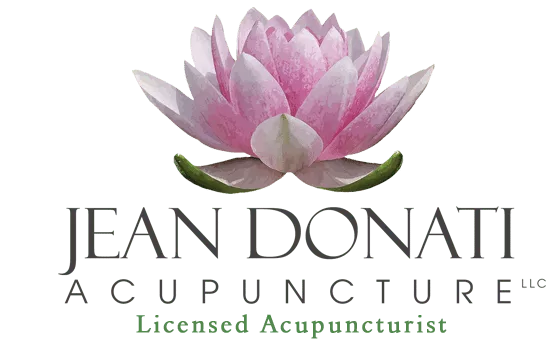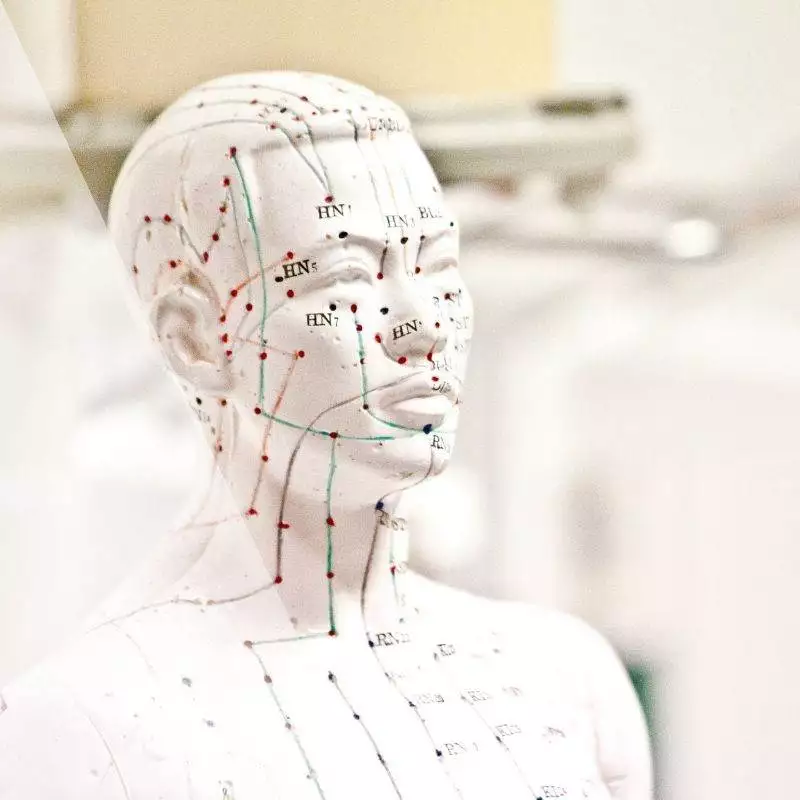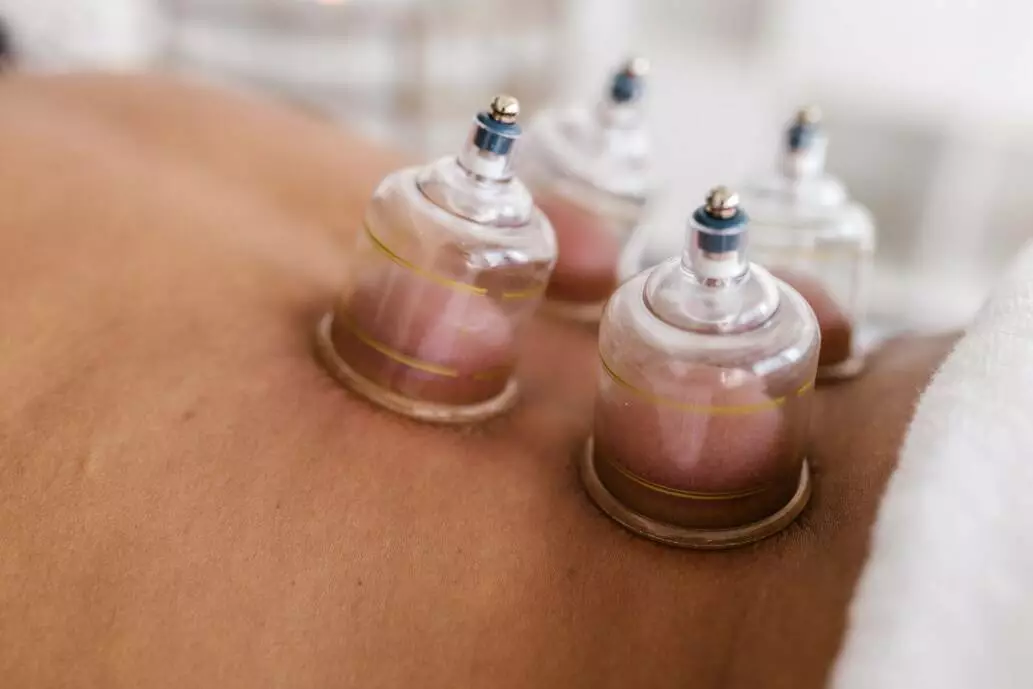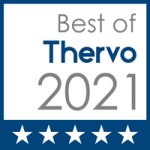- Call for a FREE Consultation
410-984-3700 - Sign up to receive news and updates and get my free report:“The Top 10 Reasons to Try Acupuncture”

- Unsubscribe at any time.

-
 Jean Donati Acupuncture604 E. Joppa RD
Jean Donati Acupuncture604 E. Joppa RD
Towson, MD 21286410-984-3700 -
Latest Articles:
- • Enjoying Summer’s Bounty •
- • Your Summer Garden Checklist •
- • A Guide to Summer Self-Care •
Inflammation
Acupuncture Treatment of Pain
 When Are you going to treat my pain???
When Are you going to treat my pain???
Over the past few days, I have had several patients ask me …”I am coming in for neck pain or back pain or shoulder pain…where are you going to put the needles”? Or if I have been seeing the patient I am asked “when are you going to treat my pain… why don’t you just put the needles where my pain is?”
In Traditional Chinese Medicine, the flow of energy or Qi, moves in specific pathways called meridians. There are 14 major pathways, and these pathways interact with each other. Initially, when I first see a patient, I like to make sure that the overall energy is clear, so I do a few “clearing treatments” before I focus on shifting any energy in a specific pathway.
Your energy is like a garden. I want flowers or crops to grow, so I need to make sure the ground is ready for planting. This means removing any unnecessary weeds, or rocks or debris. This is what the clearing treatments do. They make the energy channels clear and ready for shifts in energy. The clearing treatments are generally on the front, or back of the body and can consist of 2-4 treatments if necessary. This is to ensure that the energy is moving in the proper direction, not being contaminated. It is like removing a kink form a hose so you can let the water flow.
There is another important thing to note. Say you come in for wrist pain, there are 6 pathways that encompass the wrist area. These include the heart, small intestine, triple heater, pericardium, lung and large intestine pathways of energy. They all start at the fingertips and go up the wrist, to the forearm. Some of these pathways diverge to the chest, face and back. So, needles may not be placed in the wrist for wrist pain if there is a blockage of energy along a pathway is say the small intestine at the level of the scapula or shoulder blade.
Traditional Chinese medicine takes all of this into account. So, when I am asked “When are you going to treat my pain?” My answer is… I already am…I started with the first session. Sometimes clearing the general energy blocks (which can include internal and external factors such as emotions, heat, cold, wind, damp, excess or deficiency, side to side energy pathway balance) can make a profound change in the symptoms you came in with and others you were not aware of such as sleep, mood, digestion and concentration.
My treatment protocol consists of the following…
Clear general energy blocks -Internal Dragons, External Dragons, Aggressive Energy, Alkabane (side to side balance). 1-4 treatments if needed.
Clear local pathway energy blocks form one pathway to another (Entry/exit blocks) if needed
Treat meridian root cause with local and distal points at each treatment after the clearing treatments
Ashi points or painful points not specifically on an energy pathway.
Treat Constitutionally.
As a team, we are teaching your energy how to stay open and clear, but sometimes life gets in the way, and blockages can reoccur. Each part of this protocol may need to be done, or just one part, or perhaps several at the same time to shift the energy when it needs to shift. Each treatment builds on the one before, so it is important to have regular and frequent treatments early in your treatment course. As your symptom resolves, the length of time between treatments can be increased as long as you remain symptom free. Once we get to this point, I generally like to have my patients come back monthly for a tune up so that we can continue to keep their energy clear and keep them symptom free.
What is Cupping and How Is It Related to Acupuncture?
Cupping is a form of Traditional Chinese Medicine (TCM) therapy that dates back to ancient Egyptian, Middle Eastern and Chinese cultures as far back as 300A.D. TCM philosophy believes that pain results from the blockage of Qi, blood, or energy. You have all heard me say in relationship to acupuncture: “Where there’s stagnation, there is pain. Where there is free flow there is no pain.”
Cupping, like acupuncture is a method of clearing this blockage to restore the body’s natural flow of energy. This is beneficial for health promotion, prophylaxis, and treatment of disorders such as back pain, knee pain, asthma, carpal tunnel syndrome, migraines, as well as high blood pressure.
Recent researches show that cupping therapy helps to:
- Reduce muscle pain
- Improve blood circulation, promote cell repair and increase muscle relaxation
- Assist the lymphatic system to drain excess fluids and toxins
Cupping has many musculoskeletal benefits. It is helpful for chronic lower back pain, neck pain and fibromyalgia. In addition, digestive symptoms such as bloating, gastric reflux and constipation conditions can be eased with cupping. Overall recovery from cough, asthma and the common cold can be improved with cupping as well as acupuncture.
In a cupping session, inverted cups made of bamboo, glass, silicone or plastic are applied to the acupuncture points on the body to create suction. The suction of the cups pulls the skin upward as the suction increases. The suction opens up energy pathways in a similar way to acupuncture and is often used in conjunction with acupuncture to clear the energy channels and remove toxins from the body that are responsible for pain and disease. It has been used effectively for pain relief, increasing blood flow, chronic inflammation, enhanced relaxation, and improved quality of life.
Cupping draws fluid into the area being worked on by the suction it creates. This causes improved circulation and release of toxins. The discoloration that occurs after cupping is due to broken blood vessels just beneath the skin, much like a bruise. These marks and their color, are diagnostic of toxins being released to the upper skin layer for the body to disperse. The marks tend to fade within days to a week.
In the next article I will discuss the different types of cupping, coloration of cupping marks and their meanings. Stay Tuned!
Sources
Cleveland Clinic https://my.clevelandclinic.org/health/treatments/16554-cupping
Harvard Health Letter https://www.health.harvard.edu/blog/what-exactly-is-cupping-2016093010402)
WebMD “Cupping” https://www.webmd.com/balance/guide/cupping-therapy
https://www.thomsontcm.sg/articles/what-do-your-cupping-colours-tell-you/#:~:text=These%20cupping%20marks%20are%20discoloration,of%20stagnation%20in%20that%20area.










